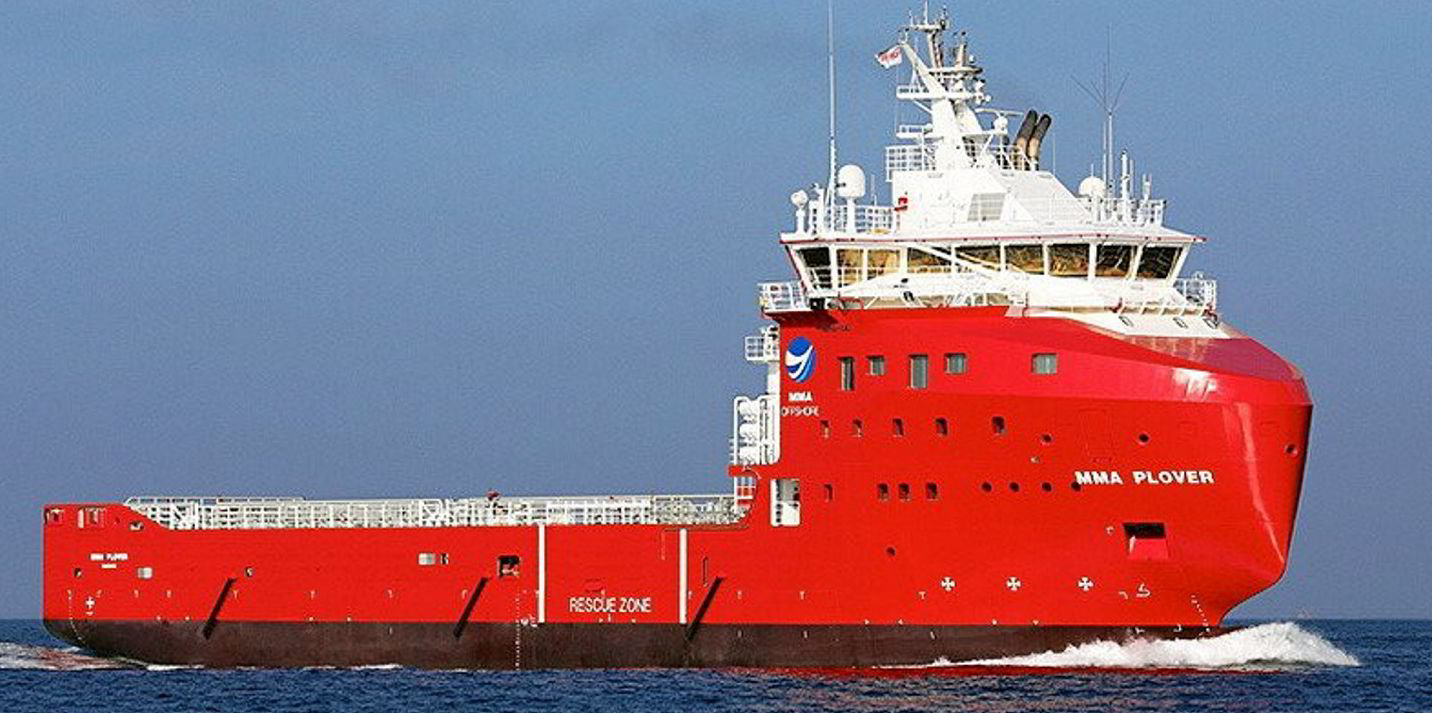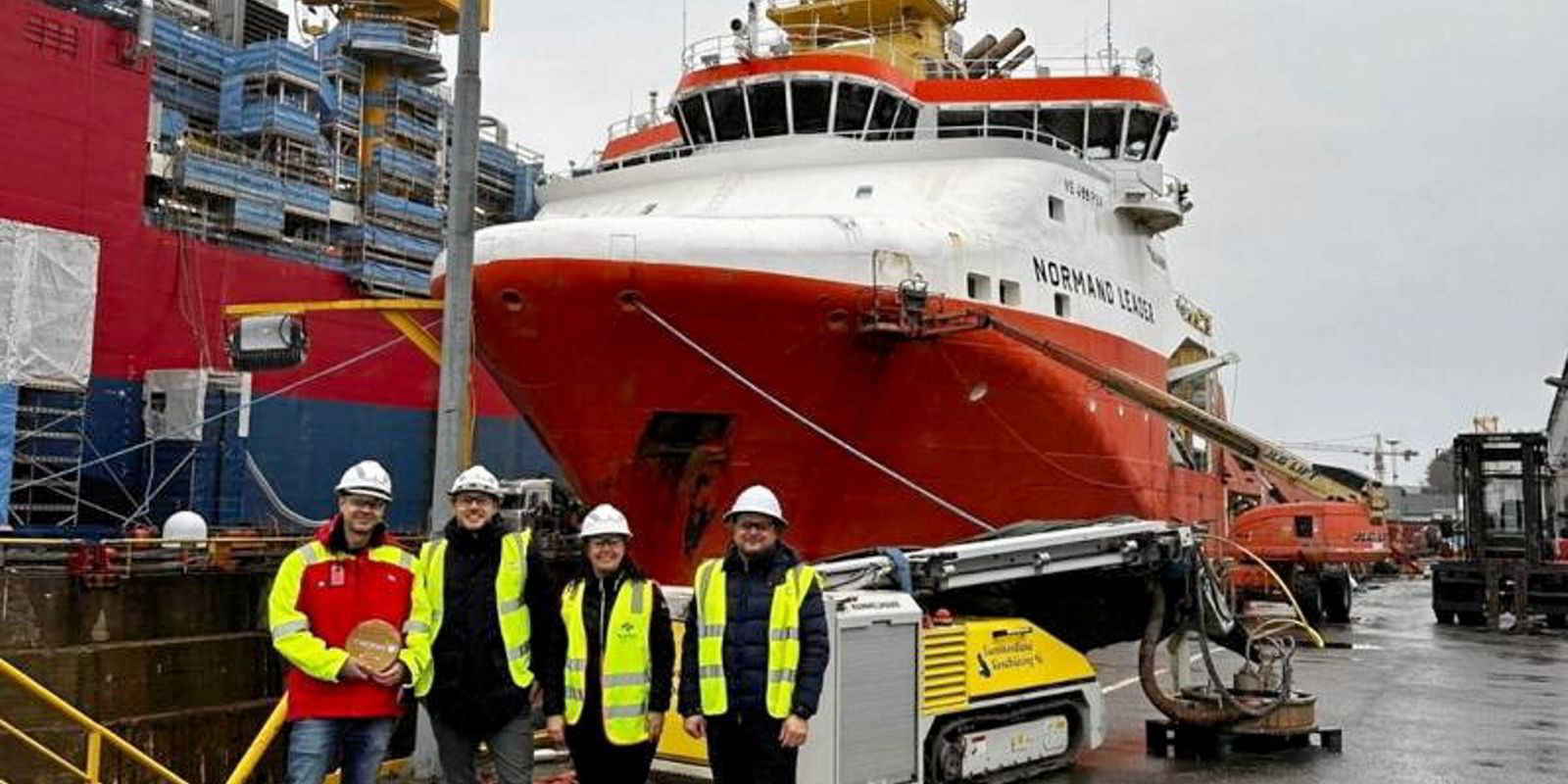Prices for platform supply vessels and anchor-handling tug supply (AHTS) vessels skyrocketed this year and are expected to rise further, a valuation service said.
With oil prices shooting up following Russia’s invasion of Ukraine, all sizes and ages made significant gains during 2022, VesselsValue said in its offshore year in review published on Tuesday.
“It has been a long and arduous downturn for anyone involved or invested within the offshore vessel and rig owning sector,” VesselsValue head of offshore Robert Day wrote.
“2022 really illustrated how quickly markets can move when the supply and demand fundamentals support it. Within the period of a year, the market is a shadow of its former 2021 self and the improvement looks set to continue.”
PSVs of all sizes still under construction ticked up roughly 17.5% each, newbuildings roughly 21% and 5-year-old ships 30%.
But the real gains came in ships 10 years old and older, with decade-old ships rallying 66% across sizes, 15-year-old ships jumping nearly 134% and 20-year-old ships shooting up 241%.
The company cited the sale of two 8-year-old PSVs for $21.6m each in July as emblematic of the rising values, with the ships worth $13.8m in January 2021, $15.9m a year later and $22m in December 2022.
AHTS vessels saw more variation across size, with 16,000-bhp ships faring the best.
Those ships, classified as very large AHTSs, rose nearly 22% under construction, 43% just out of the yard and 75% at 5 years old.
A 10-year-old 16,000-bhp AHTS ship rose 99%, and a 15-year-old vessel 90%. Values for a 20-year-old very large AHTS rose nearly 46%.
As an example, VesselsValue pointed out the 16,00-bhp Kan Tan 222 (built 2011), which sold for $13m in February 2022. It was worth $5m in January 2022 and finished the year worth $13.3m.
For both ship types, Day said there were a lack of orders, a large number of units sold out of the market and others sold to china, which typically do not reenter the international market.
On the demand side, he said the strong oil price and energy security issues driven by the Russia-Ukraine war helped, as did rising capital spending from oil majors and increased interest in floating wind.
Despite the rising values, Day warned there was still some way to go before the sector got back to the market seen before the 2014 oil price crash.
The sector was hobbled by that crash and again by the cratering of oil prices seen during the Covid-19 pandemic.
“But if 2023 is anything similar to 2022, then the offshore vessel ... sector is on the right track to usher in a new period,” he said.







